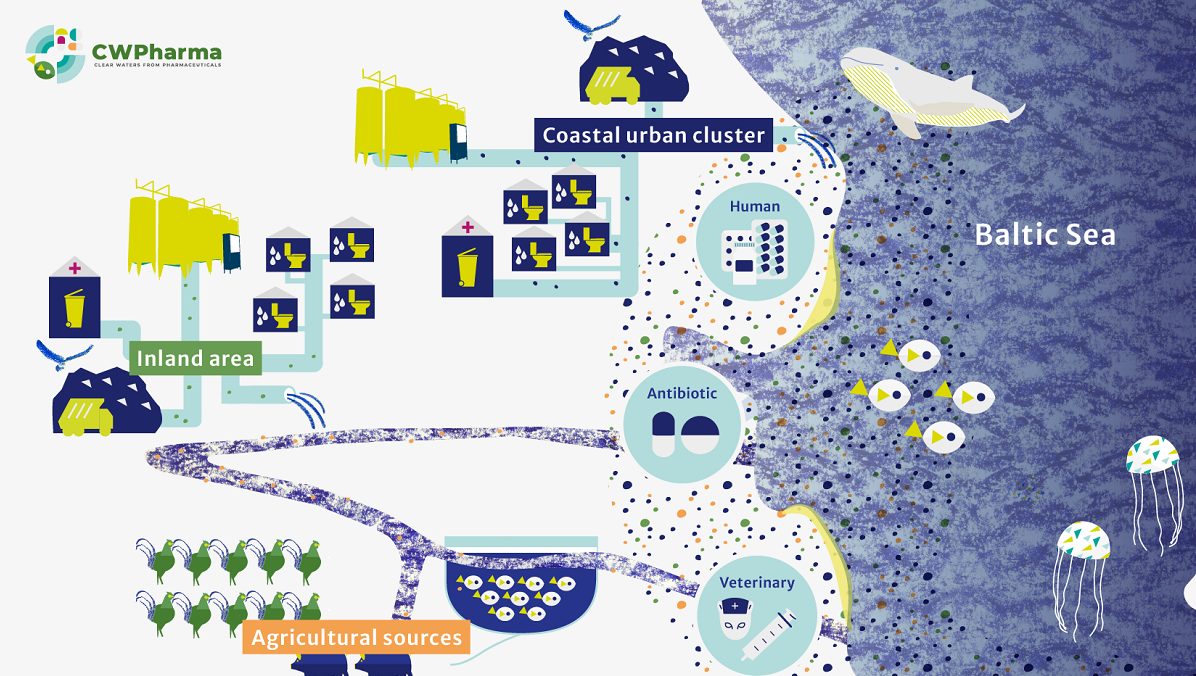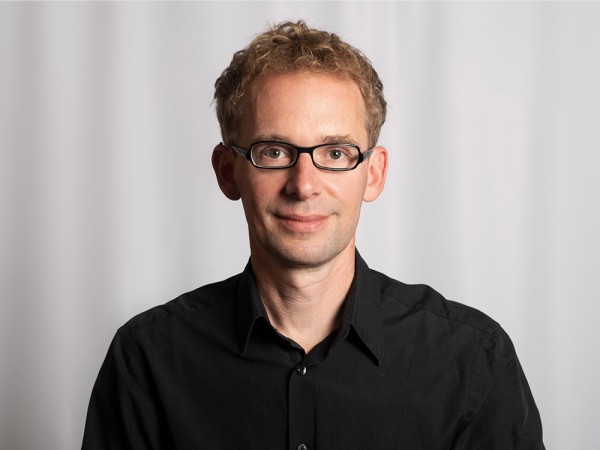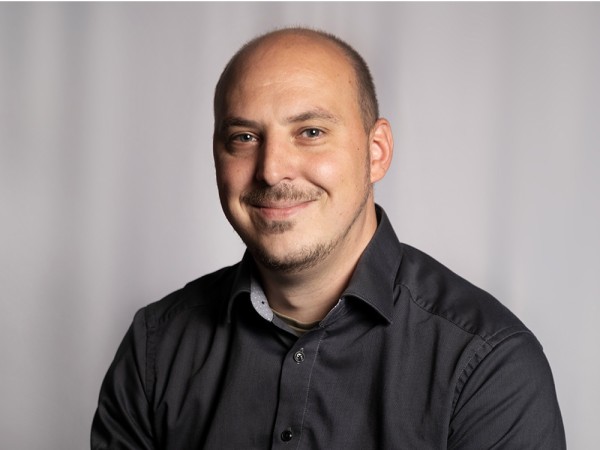
Emissions of pharmaceutical residues into the aquatic environment from the catchment area of the Baltic Sea region are a topic of growing interest.
The inputs not only have a negative impact on the aquatic environment, but they can also end up in groundwater and thus in drinking water in the long term. In the previous CWPharma project (Part 1), input pathways of these substances into the Baltic Sea, both via regular use and improper disposal, were identified and modelled as part of an extensive screening programme. At the same time, it was also investigated with which technical, but also non-technical measures a reduction of these substances can be achieved. The results were documented in several guidelines with recommendations for action for authorities, wastewater treatment plant operators and political decision-makers.
In the follow-up project CWPharma 2, the four modules described in the guide for advanced wastewater treatment for the successful planning or optimisation of a plant for the removal of trace substances are being implemented in practice at several sites. The results of the implementation of the respective modules are published in reports and can thus be used as a template for other wastewater treatment plants. By supplementing the guide with practical examples, a knowledge transfer is achieved that supports the implementation of such technologies in the Baltic Sea region in order to reduce API emissions to the environment on a medium-term scale.
The CWPharma 2 project is supported by nine project partners from six Baltic Sea states and coordinated by Aarhus University (Denmark). KWB is responsible for leading the work package for the implementation of the CWPharma results.





